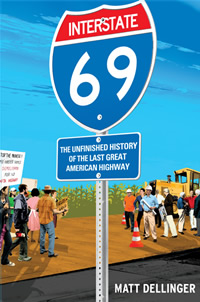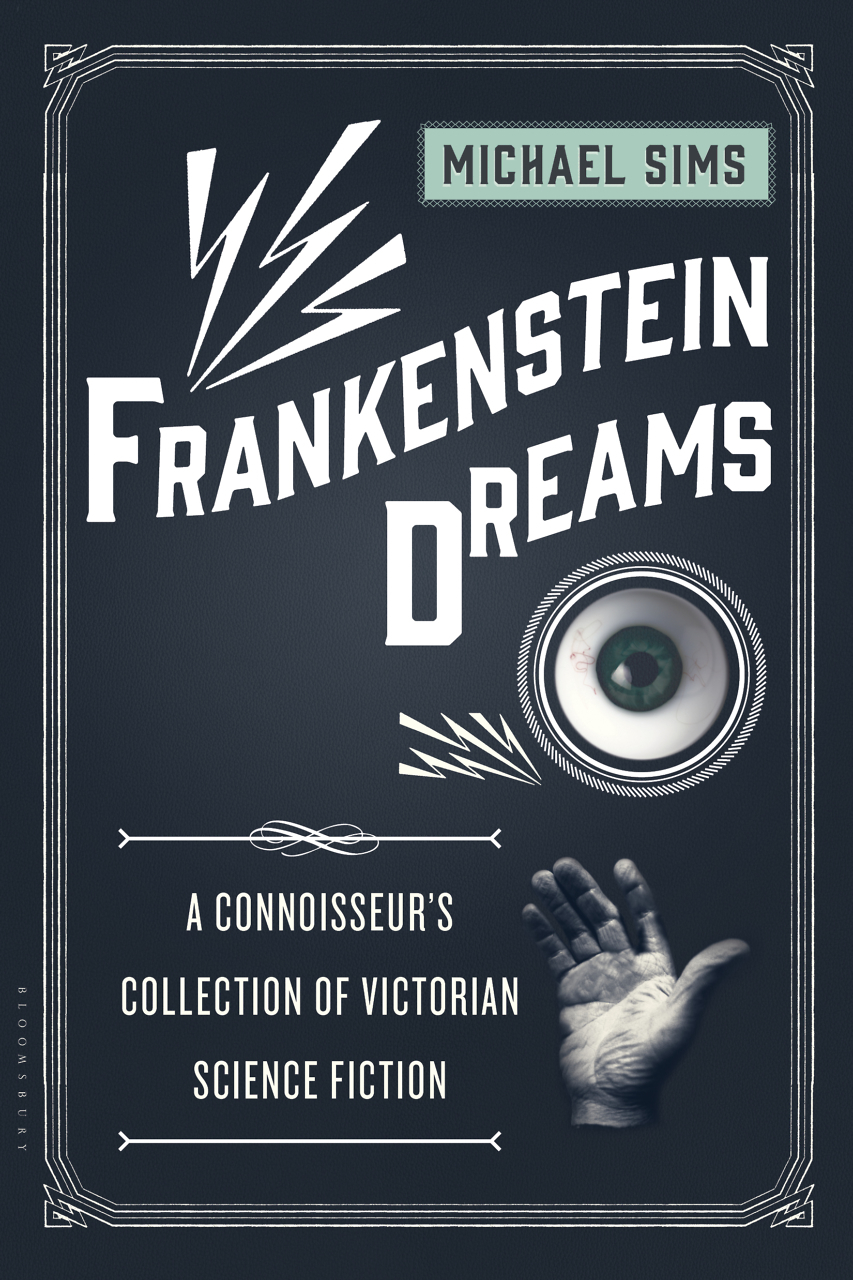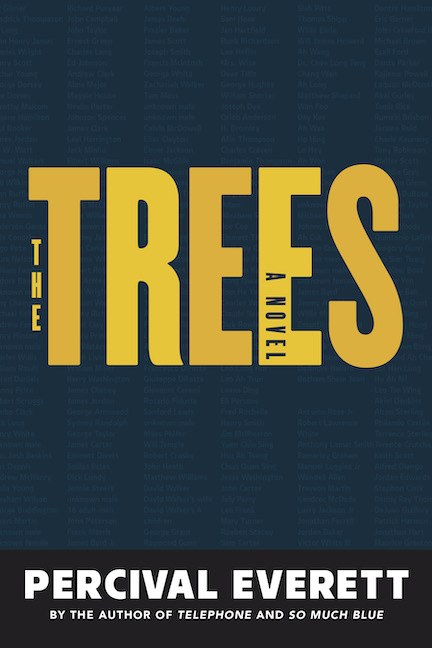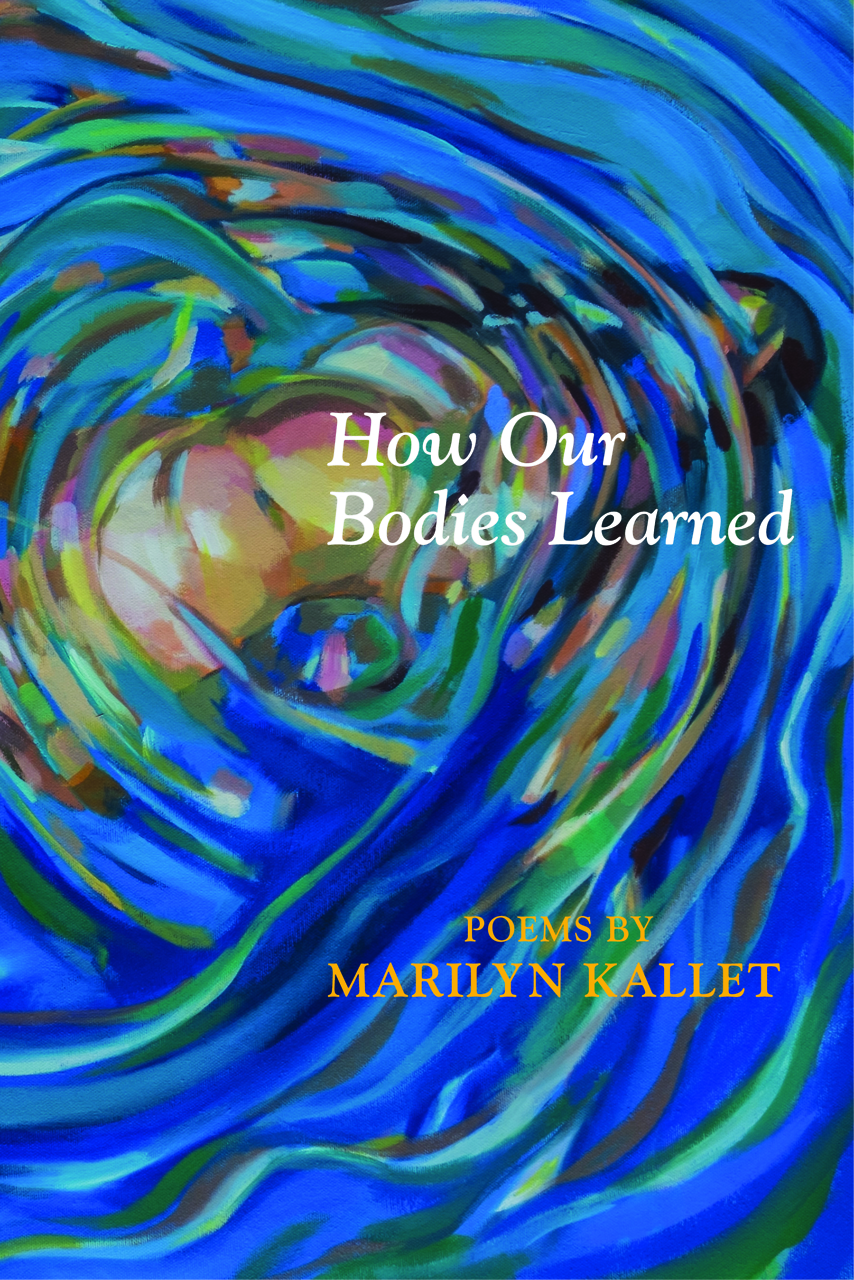The Road to No Way
For Matt Dellinger, Interstate 69 is paved with beautiful dreams and ugly politics
In the 1960s at The New Yorker, John McPhee perfected a style of nonfiction writing which has since built the careers of many staff writers there, including Ian Frazier, Susan Orlean, and Mark Singer. Its formula might be summarized thusly: take the most boring subject you can possibly imagine and make it fascinating to readers who couldn’t care less. These writers accomplish their literary magic by digging up rich and surprising facts, mixing in quirky and compelling characters, and delivering their findings in a confident, flowing, first-person prose that insidiously draws the reader into the writer’s enthusiasm over oranges, orchids, Ordovician shale, or whatever. Matt Dellinger, a staffer at the magazine for eleven years, has now entered the game with his first book, Interstate 69: The Unfinished History of the Last Great American Highway, a provocative look at a subject that’s about as exciting as watching asphalt harden.
 The book, after all, is about a highway—an unfinished highway, at that, and one that may never be completed. (In Tennessee, for example, I-69 remains nothing more than a page of maps and studies on the state Department of Transportation website.) The road in question has connected Indianapolis with Michigan for decades, but in the early 1990s, Dellinger writes, a group of Indiana boosters, who had been seeking without much luck to extend it south to Evansville, came up with a plan to create a great international “corridor” linking Canada to Mexico by way of Houston, Shreveport, Memphis, and Indianapolis, in the process gaining the small section of road they wanted to build to help the local economy. The idea had legs, or wheels, and became touted as the “NAFTA Highway,” after the North American Free Trade Agreement. Like the trade deal, it was immediately controversial, opposed by people seeking to curtail Mexican immigration, environmentalists, and small-town preservationists, even as a wide range of local governments and industries entered the fight to have its route pass near them.
The book, after all, is about a highway—an unfinished highway, at that, and one that may never be completed. (In Tennessee, for example, I-69 remains nothing more than a page of maps and studies on the state Department of Transportation website.) The road in question has connected Indianapolis with Michigan for decades, but in the early 1990s, Dellinger writes, a group of Indiana boosters, who had been seeking without much luck to extend it south to Evansville, came up with a plan to create a great international “corridor” linking Canada to Mexico by way of Houston, Shreveport, Memphis, and Indianapolis, in the process gaining the small section of road they wanted to build to help the local economy. The idea had legs, or wheels, and became touted as the “NAFTA Highway,” after the North American Free Trade Agreement. Like the trade deal, it was immediately controversial, opposed by people seeking to curtail Mexican immigration, environmentalists, and small-town preservationists, even as a wide range of local governments and industries entered the fight to have its route pass near them.
The fight continues today, and in the conflict Dellinger has found a story of sorts. Interstate 69 is organized along sections of the proposed highway, with each chapter rambling through local history and geography. “People tend to think of Indiana,” Dellinger writes, “if they think of it at all, as a place to drive through.” He then quotes Kerouac’s On the Road and Steinbeck’s Travels with Charley on the oppressive ordinariness of the state and describes a visit to a banal museum of the history of transportation in the state, where visitors are urged to take a computer test that lets them choose public developments for the next 25 years. “From the museum’s very first dramatically lit gallery,” Dellinger observes, “where a big swirling electronic globe shows that the history of Indiana began, in fact, millions of years ago with continental drift—the state was once under a great sea!—on through to this last room, full of pixels and dilemmas, you can feel the curators doing their best to expand young (or closed) minds.”
Dellinger is at his best when describing odd places along the route of the proposed road, with a relaxed and whimsical approach to travel reminiscent of William Least Heat-Moon in Blue Highways. “Greasy food is celebrated; old cars are plentiful,” he writes of Memphis. “One encounters everywhere tacky rooms and sunny afternoons that resemble classic William Eggleston photographs. To say that the city wears its history on its sleeve doesn’t quite do it. Memphis wears its past like long underwear—a thin film that covers and underlies almost everything.”
 The travel writing in Interstate 69 is highly readable and at times sharp and poignant, but the larger story, like the highway it follows, doesn’t quite take off. In addition to The New Yorker, Dellinger has written for publications like The Atlantic and The Oxford American. His credentials and abilities as a writer are solid, his research superb. In his acknowledgements, Dellinger thanks several legendary New Yorker writers who offered advice along the way, and his dust jacket bulges with blurbs from the magazine’s best journalists, who use adjectives like “rollicking,” “sweeping,” and “affectionate” to describe the book. Interstate 69 is indeed all these things, but the subject matter itself may simply be too prosaic to offer narrative excitement, especially in a first attempt at extended nonfiction. Detailed accounts of the lobbying process for yet another rider to another transportation bill can carry a reader only so far; one begins to long for the next stop at a greasy spoon in Arkansas.
The travel writing in Interstate 69 is highly readable and at times sharp and poignant, but the larger story, like the highway it follows, doesn’t quite take off. In addition to The New Yorker, Dellinger has written for publications like The Atlantic and The Oxford American. His credentials and abilities as a writer are solid, his research superb. In his acknowledgements, Dellinger thanks several legendary New Yorker writers who offered advice along the way, and his dust jacket bulges with blurbs from the magazine’s best journalists, who use adjectives like “rollicking,” “sweeping,” and “affectionate” to describe the book. Interstate 69 is indeed all these things, but the subject matter itself may simply be too prosaic to offer narrative excitement, especially in a first attempt at extended nonfiction. Detailed accounts of the lobbying process for yet another rider to another transportation bill can carry a reader only so far; one begins to long for the next stop at a greasy spoon in Arkansas.
But the book remains important in that it offers a detailed portrait of issues that will shape the future of American infrastructure and the way the country lives. Will roads give way to high-speed rails, or will more efficient cars and trucks usher in a new era of urban sprawl? Will goods and workers move freely across northern and southern borders, or will the country enter a new period of isolationism? Dellinger’s Interstate 69 provides a credible metaphor for the way questions like these will be answered, and for that reason alone the book is worth the read. The moments of keen observation are the reader’s reward for tackling the book’s bigger, if at times duller, issues.
“I-69 is dead in the state of Texas,” Dellinger quotes one road commissioner as saying near the end of the book. “The road fairy has been shot.” Ultimately, the life and death of a road fairy is, in true New Yorker fashion, more interesting than you might have thought.
Matt Dellinger will discuss Interstate 69 at Davis-Kidd Booksellers in Memphis on September 23 at 6 p.m. and at Davis-Kidd Booksellers in Nashville on September 24 at 2 p.m.


